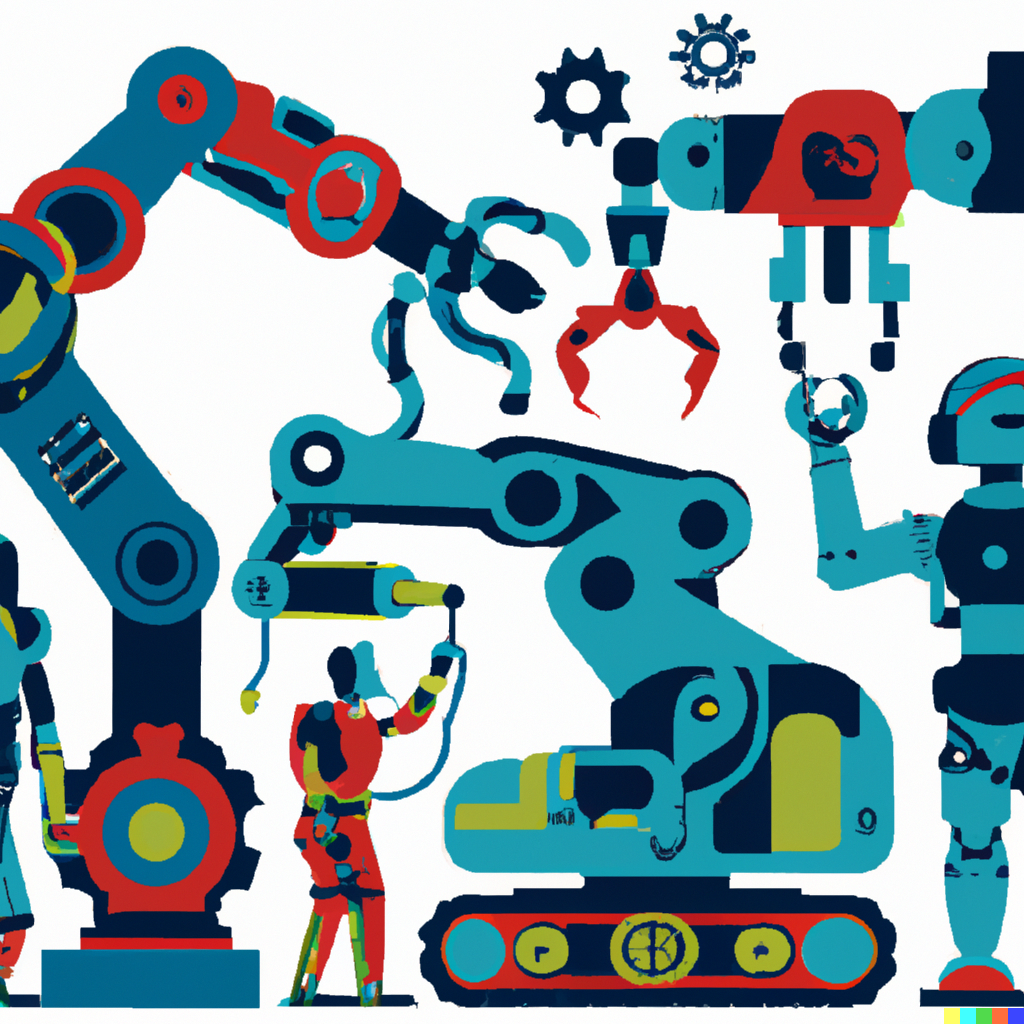In recent years, robotics has emerged as a transformative technology with the potential to revolutionize various industries and reshape our daily lives. From manufacturing and healthcare to agriculture and logistics, robotics is being harnessed to enhance efficiency, precision, and productivity. In this blog post, we will delve into the fascinating world of robotics, highlighting its applications, advancements, and the impact it has on society.
The Rise of Robotics: Across industries, robotics has gained prominence as organizations seek ways to streamline processes and optimize operations. In manufacturing, robots are automating assembly lines and performing repetitive tasks with unparalleled precision and speed. In healthcare, robots are assisting surgeons, aiding in rehabilitation, and providing care to patients. Even in sectors like agriculture and logistics, robots are being deployed for tasks such as harvesting crops and warehouse management.
Types of Robots: The realm of robotics encompasses a diverse range of machines. Industrial robots dominate manufacturing, while service robots are designed to interact with humans in various settings, such as in hospitality and customer service. Medical robots assist in surgical procedures and diagnostics, while autonomous vehicles are revolutionizing transportation. Humanoid robots, with their human-like appearance and capabilities, are pushing the boundaries of human-robot interaction.
Advancements in Robotics: Recent advancements in robotics have been fueled by breakthroughs in artificial intelligence, machine learning, and computer vision. Robots can now perceive and interpret their surroundings, adapt to dynamic environments, and learn from data. The development of advanced sensors, actuators, and control systems has enhanced their capabilities, enabling tasks that were once considered complex and unattainable.
Impact on Industries: The integration of robotics is transforming industries in remarkable ways. In manufacturing, robots are improving productivity, ensuring consistent quality, and enhancing workplace safety. In healthcare, robots are assisting in surgeries, delivering medications, and providing companionship to the elderly. The agricultural sector benefits from robots that can monitor crop health, automate harvesting, and optimize resource usage. Furthermore, logistics and transportation are becoming more efficient with autonomous vehicles and robotic warehouse management systems.
Robotics and Society: As robotics becomes more pervasive, it raises important societal considerations. Job displacement is a concern, but it is also an opportunity for reskilling and redefining job roles. Collaboration between humans and robots can lead to increased productivity and job satisfaction. However, ethical considerations regarding privacy, safety, and the impact on human well-being must be addressed. Striking the right balance between automation and human involvement is crucial.
Future Outlook: The future of robotics is promising and holds immense potential. Continued advancements in humanoid robots will enable them to perform intricate tasks that require dexterity and human-like interaction. Collaborative robots, known as cobots, will work alongside humans, augmenting their capabilities and improving efficiency. Integration with other emerging technologies, such as artificial intelligence and the Internet of Things, will unlock new frontiers in automation, connectivity, and intelligent decision-making.
Conclusion: Robotics is at the forefront of technological innovation, offering exciting possibilities for automation, efficiency, and problem-solving across industries. By embracing robotics and fostering responsible development, collaboration, and ethical considerations, we can leverage its potential to create a positive impact on society. As humans and robots coexist and thrive together, we can shape a future where robotics empowers us to overcome challenges, improve our quality of life, and drive innovation in ways we never imagined possible.


